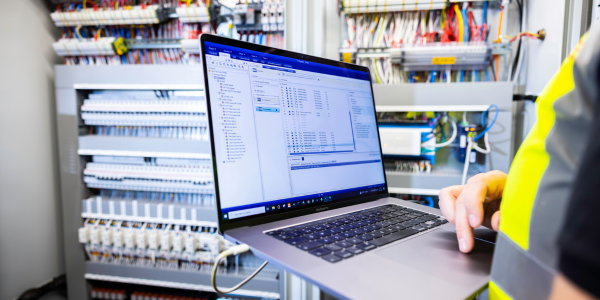Facilities managers are facing the difficulties of dealing with an ageing Building Management System (BMS). While there are components, especially those that are exposed to the elements, that will last for years; others could become obsolete quickly. Anything older than ten years in your control system is likely to be considered old.
Why should you worry about an older control system?
Your first job is to consider if your ageing Building Management System is a problem. It might be that your expectations are heightened when you hear of the latest possibilities for your control system, but the reality is that your BMS still performs exactly as needed for the requirements of your team.
However, some genuine problems can arise when your BMS gets old. There could be a decline in performance. It could become clear that the building is not working in the way that the users require, whether it is heating or cooling or with the level of automation desired.
The biggest issue with an ageing BMS is that they are proprietary. These proprietary BMSs come with communication protocols that are specific to a manufacturer/s. Think of what Apple does when it upgrades products. IT changes the language used to communicate with the system and any additions. This problem is exacerbated by those companies that may have gone out of business.
What to do in response to these issues
Your first response may be no response at all. Your BMS may be getting older, but it is serving your purpose. With regular maintenance and servicing, there is no reason why it cannot go on working for you in your commercial building.
The second option is to add another layer to the control system that addresses any concern. You will be creating a hybrid system but would not be required to replace the whole thing. The third option is to go all-in and replace the entire BMS. Your choice will require a short and long-term cost/ benefit analysis.
Hybrid System
Hybrid Systems with a gateway technology essentially connects to the BMS and other IoT systems with an interface they can use to monitor and control the system. The upfront costs will be lower, but there may be hidden costs that could prove expensive down the road. Also, your system is only as quick as its slowest part. Therefore, even though the interface may be up to date and high spec, it might not perform as you hope.
Replacement
A complete replacement of the BMS may have a significant upfront bill, and larger buildings will likely need to be upgraded in phases anyway. However, putting forward a plan for a complete replacement with a contract company can make all the costs explicit from the beginning. With a hybrid system, you may be surprised by higher integration costs once the project begins.
Dealing with an old BMS requires a company with the specialism to design your perfect solution. Contact our sales team today to learn how Cube Controls could resolve your ageing BMS issues.




